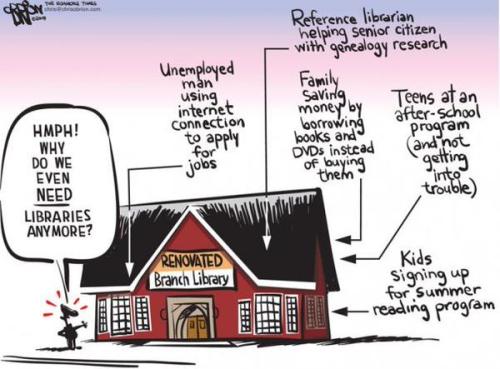Slim Fit Double Breasted Leather Neck Belt 12 Button Wool Coat
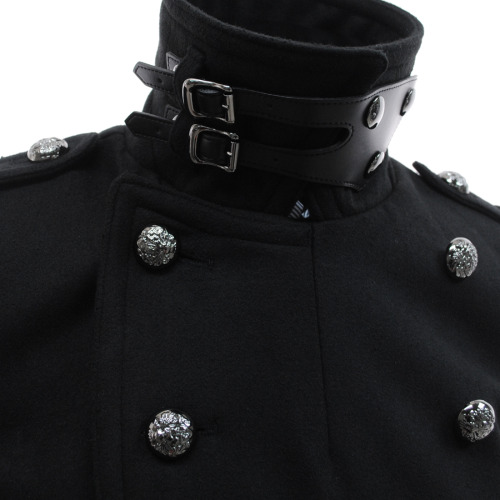
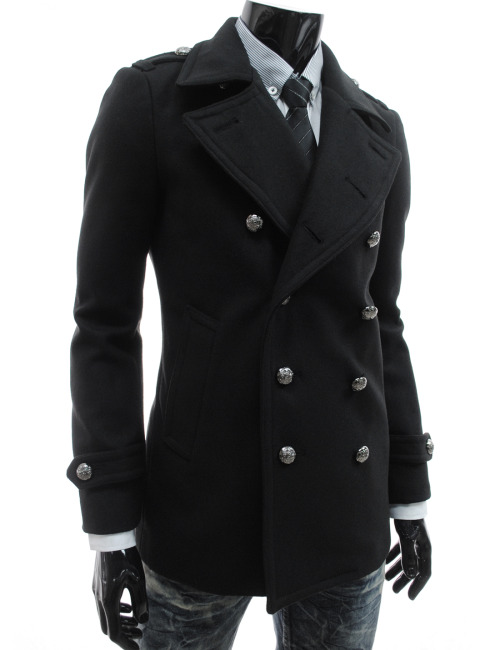
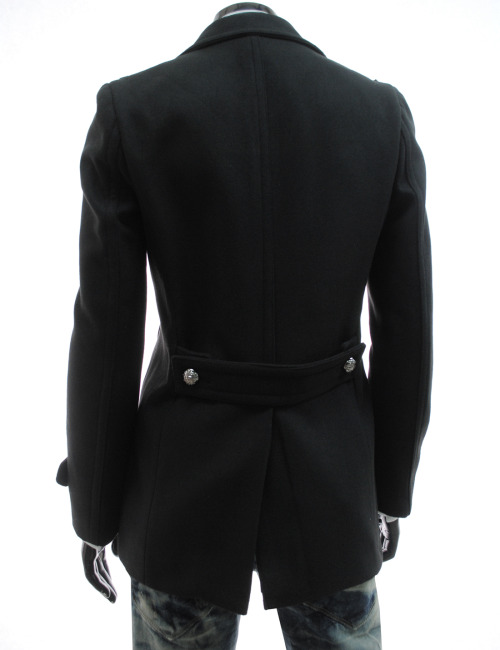
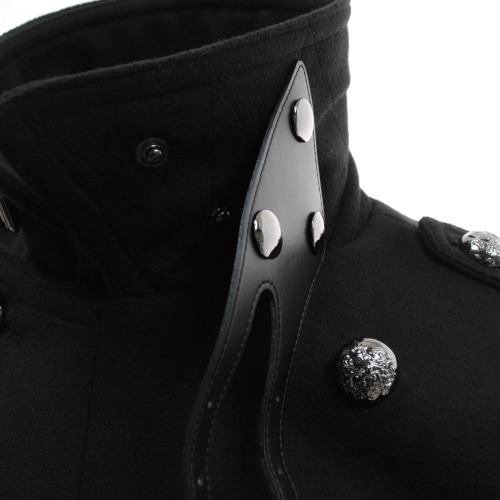
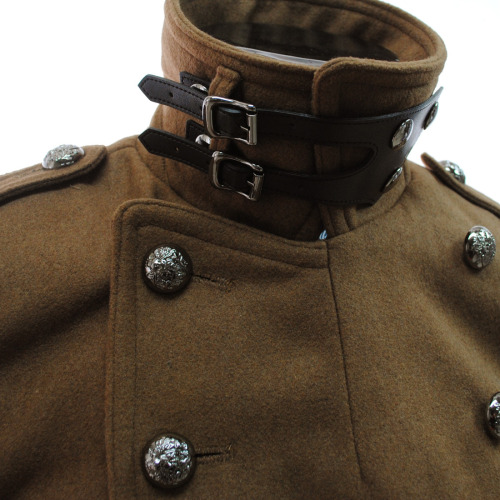
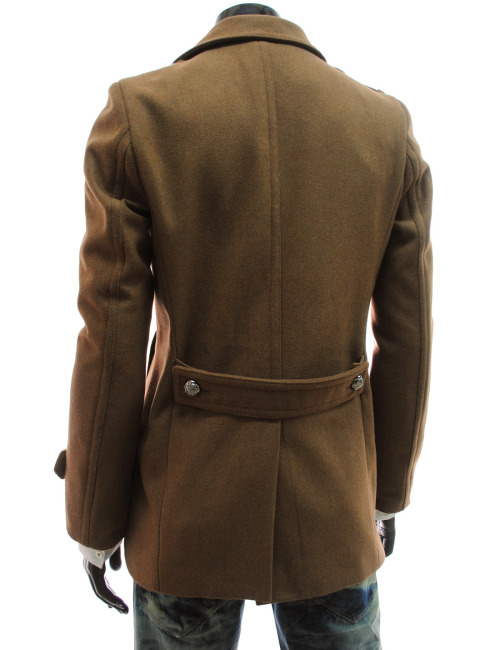
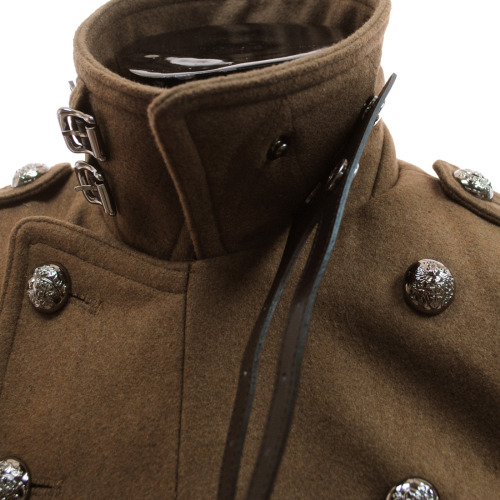
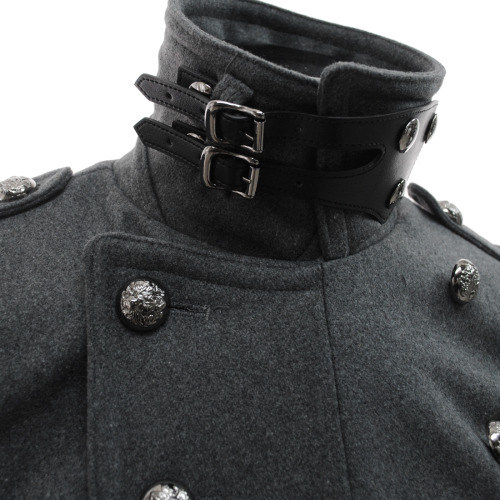
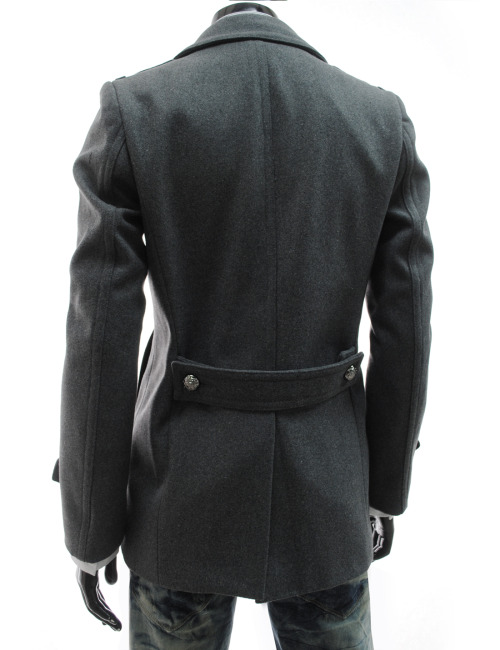
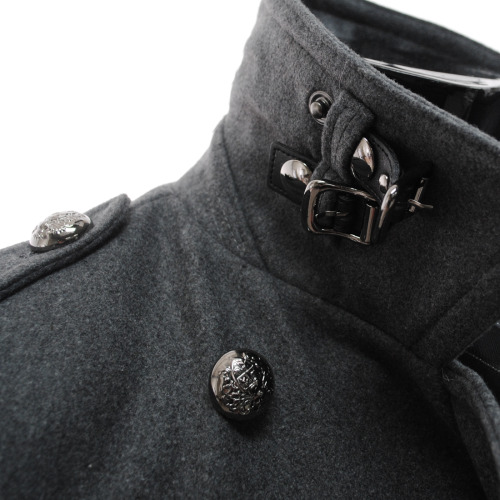
Slim Fit Double Breasted Leather Neck Belt 12 Button Wool Coat


More Posts from Cardinalfandom and Others

The sugar bowl page from Austere Academy brightened up to the best of my ability and transcribed below:
It is a truth universally acknowledged that volunteers prefer their tea as bitter as wormwood and sharp as a two-edged sword, but few think to consider the true meaning behind that phrase. The [untrained or uninitiated] might assume that bitter tea means tea without sugar. But that assumes all sugar is sweet and all tea is bitter. In fact, there are many kinds of tea, that are not bitter at all, but sweet and fruity, usually identifiable by a whimsically [illegable] name and a box with a picture of an adorable animal wearing pajamas. So it stands to reason that, if not all tea is bitter, then not all sugar is sweet. The question we might ask is: why would sugar be bitter How would bitter sugar be created? And what greater purpose might bitter sugar serve? Lousy Lane, pg 678
THE SCHISM
[cutt off]
those hierarchies apart, and therefore instead of fixing one date for the schism, we may as well put a bracket around all of human history, and say: There! Are you happy? However, there is one thing that all sources seem to agree on: there is a vital connection between the VFD schism and the most import part of a tea set. No, not the teapot. (see “Sugar Bowl”, above)
Some people claim that the schism divided VFD cleanly in two, with one side devoted to starting fires, and the other devoted to putting them out. But of course, it is rare for anything to divide so neatly, with the exception of a particular sort of semi-soft cheese (see “Gorgonzola”, pg 401). No, it is far more likely
[cut off]
remain shrouded in mystery, including the circumstances of its creation, we can only speculate at the connection between city’s official organization and its similarly-named counterpart. Some sources claim that the chief of the Offical Fire Department was a close blood relation of a prominent member of VFD, though this fire chief has stubbornly refused to answer to any of our questions, on account of being deceased.
Finally, there is much debate regarding the exact cause of the schism. While most experts agree that it stemmed from what one might politely call “philosophical differences” the truth is that these differences had been churning under the surface of VFD for some time, even going back to the organization’s very name. After all, while might assume that the phrase “fire department” would obviously refer to an organization that puts out fires, thus protecting highly flammable literary materials, the phrase could just as easily refer to an organization that prefers to start fires and burn books (see: Bradbury, Ray pg 451). Still, let’s take a moment to theorize about those philosophical differences. Volunteers claim to be acting for the greater good, but philosophers who speak to the concept of moral relativity would be quick to point out that words such as “good”, “evil”, “delicious” and “sandwich” can be ascribed different meanings, depending on the value system and dietary preferences of the
[cut off]
adult life is crazy because you can be going through the most devastating and heartbreaking things while still having to go to work and do the laundry and grocery shopping
Salamander’s Eyes compliment can only work once in a lifetime. It just did
cause of death: newtina
*spoilers for crimes of grindelwald
newt looking for tina when jacob and queenie arrived
narrow feet
jacob being a wingman
salamander’s eyes
“tall, dark-” “-beautiful”
tina’s jealousy
newt trying to tell tina the truth
newt and tina’s reunion
mr. scamander
newt’s expression when tina called him her fiance
newt + his appreciation for tina’s eyes
newt showing tina her photo
when newt finally told tina he wasn’t engaged
legit thought he was going to turn and snog her after the ‘I’ll think of something’
newt tracking tina
rescue attempt
they’re in love
and I’m dead
Can’t Take My Eyes Off You by Frankie Valli and The 4 Seasons except from the jukebox of a 50s themed diner, right as you feel like time has stopped because you’ve just caught sight of the most beautiful girl you’ve ever seen and already feel like you’re falling in love. Everything but you and her seem to fade away.
On a scale...
from Saoirse Ronan

to Saoirse Ronan

How successful were you in drowning your sister?
22 Essential Literary Devices and How to Use Them In Your Writing
hello, happy Monday. Hope you’re all having a wonderful day!
I will skip the pre-info and dive right into it.
What Is a Literary Device?
is a tool used by writers to hint at larger themes, ideas, and meaning in a story or piece of writing
The List of Literary Devices:
Allegory. Allegory is a literary device used to express large, complex ideas in an approachable manner. Allegory allows writers to create some distance between themselves and the issues they are discussing, especially when those issues are strong critiques of political or societal realities.
Allusion. An allusion is a popular literary device used to develop characters, frame storylines, and help create associations to well-known works. Allusions can reference anything from Victorian fairy tales and popular culture to the Bible and the Bard. Take the popular expression “Bah humbug”—an allusion that references Charles Dickens’ novella A Christmas Carol. The phrase, which is often used to express dissatisfaction, is associated with the tale’s curmudgeonly character, Ebenezer Scrooge.
Anachronism. Imagine reading a story about a caveman who microwaves his dinner, or watching a film adaptation of a Jane Austen novel in which the characters text each other instead of writing letters. These circumstances are examples of anachronisms, or an error in chronology—the kind that makes audiences raise their eyebrows or do a double-take. Sometimes anachronisms are true blunders; other times, they’re used intentionally to add humor or to comment on a specific time period in history.
Cliffhanger. It’s a familiar feeling: You’re on minute 59 of an hour-long television episode, and the protagonist is about to face the villain—and then episode cuts to black. Known as a cliffhanger, this plot device marks the end of a section of a narrative with the express purpose of keeping audiences engaged in the story.
Dramatic Irony. Remember the first time you read or watched Romeo and Juliet? The tragic ending of this iconic story exemplifies dramatic irony: The audience knows that the lovers are each alive, but neither of the lovers knows that the other is still alive. Each drinks their poison without knowing what the audience knows. Dramatic irony is used to great effect in literature, film, and television.
Extended Metaphor. Extended metaphors build evocative images into a piece of writing and make prose more emotionally resonant. Examples of extended metaphor can be found across all forms of poetry and prose. Learning to use extended metaphors in your own work will help you engage your readers and improve your writing.
Foreshadowing. At its core, storytelling has one ambition: to capture and sustain your reader’s attention and keep them reading your story. Foreshadowing, or slyly indicating a future event, is one technique a writer can use to create and build suspense.
Humor. Humor brings people together and has the power to transform how we think about the world. Of course, not everyone is adept at being funny—particularly in their writing. Making people laugh takes some skill and finesse, and, because so much relies on instinct, is harder to teach than other techniques. However, all writers can benefit from learning more about how humor functions in writing.
Imagery. If you’ve practiced or studied creative writing, chances are you’ve encountered the expression “paint a picture with words.” In poetry and literature, this is known as imagery: the use of figurative language to evoke a sensory experience in the reader. When a poet uses descriptive language well, they play to the reader’s senses, providing them with sights, tastes, smells, sounds, internal and external feelings, and even deep emotion. The sensory details in imagery bring works to life.
Irony. Irony is an oft-misunderstood literary device that hinges on opposites: what things are on the surface, and what they end up actually being. Many learn about dramatic irony through works of theater like Shakespeare’s Romeo and Juliet or Sophocles’s Oedipus Rex. When deployed with skill, irony is a powerful tool that adds depth and substance to a piece of writing.
Metaphor, Simile, and Analogy. Metaphors, similes, and analogies are three techniques used in speech and writing to make comparisons. Each is used in a different way, and differentiating between the three can get a little tricky: For example, a simile is actually a subcategory of metaphor, which means all similes are metaphors, but not all metaphors are similes. Knowing the similarities and differences between metaphor, simile, and analogy can help you identify which is best to use in any scenario and help make your writing stronger.
Motif. A motif is a repeated element that has symbolic significance to a story. Sometimes a motif is a recurring image. Sometimes it’s a repeated word or phrase or topic. A motif can be a recurrent situation or action. It can be a sound or a smell or a temperature or a color. The defining aspect is that a motif repeats, and through this repetition, a motif helps to illuminate the central ideas, themes, and deeper meaning of the story in which it appears.
Motif vs. Symbol. Both motifs and symbols are used across artistic mediums: Painters, sculptors, playwrights, and musicians all use motifs and symbols in their respective art forms. And while they are similar literary terms, “motif” and “symbol” are not synonyms.
Oxymoron. An oxymoron is a figure of speech: a creative approach to language that plays with meaning and the use of words in a non-literal sense. This literary device combines words with contradictory definitions to coin a new word or phrase (think of the idiom “act naturally”—how can you be your natural self if you’re acting?). The incongruity of the resulting statement allows writers to play with language and meaning.
Paradox. “This sentence is a lie.” This self-referential statement is an example of a paradox—a contradiction that questions logic. In literature, paradoxes can elicit humor, illustrate themes, and provoke readers to think critically.
Personification. In writing, figurative language—using words to convey a different meaning outside the literal one—helps writers express themselves in more creative ways. One popular type of figurative language is personification: assigning human attributes to a non-human entity or inanimate object in an effort to express a point or idea in a more colorful, imaginative way.
Satire. Satire is so prevalent in pop culture that most of us are already very familiar with it, even if we don’t always realize it. Satire is an often-humorous way of poking fun at the powers that be. Sometimes, it is created with the goal to drive social change. Satire can be part of any work of culture, art, or entertainment—it has a long history, and it is as relevant today as it was in ancient Rome.
Situational Irony. Irony: it’s clear as mud. Theorists quibble about the margins of what constitutes irony, but situational irony is all around us—from humorous news headlines to the shock twists in a book or TV show. This type of irony is all about the gap between our expectations and reality, and it can make a memorable and powerful impression when we encounter it.
Suspense. No matter what type of story you’re telling, suspense is a valuable tool for keeping a reader’s attention and interest. Building suspense involves withholding information and raising key questions that pique readers’ curiosity. Character development plays a big role in generating suspense; for example, if a character’s desire is not fulfilled by the end of the book, the story will not feel complete for the reader.
Symbolism. An object, concept, or word does not have to be limited to a single meaning. When you see red roses growing in a garden, what comes to mind? Perhaps you think literally about the rose—about its petals, stem, and thorns, or even about its stamen and pistil as a botanist might. But perhaps your mind goes elsewhere and starts thinking about topics like romance, courtship, and Valentine’s Day. Why would you do this? The reason, of course, is that over the course of many generations, a rose’s symbolic meaning has evolved to include amorous concepts.
Verisimilitude. Verisimilitude (pronounced ve-ri-si-mi-li-tude) is a theoretical concept that determines the semblance of truth in an assertion or hypothesis. It is also an essential tenet of fiction writing. Verisimilitude helps to encourage a reader’s willing suspension of disbelief. When using verisimilitude in writing, the goal is to be credible and convincing.
Vignette. A writer’s job is to engage readers through words. Vignettes—poetic slices-of-life—are a literary device that brings us deeper into a story. Vignettes step away from the action momentarily to zoom in for a closer examination of a particular character, concept, or place. Writers use vignettes to shed light on something that wouldn’t be visible in the story’s main plot.
I’ll make a post going into each of them individually in more detail later on!
Like, reblog and comment if you find this useful! If you share on Instagram tag me perpetualstories
Follow me on tumblr and Instagram for more writing and grammar tips and more!
We're f-f-flying in a CAR Ron, Owl, Harry and his SCAR Pass the mic right over to THE WHOMPING WILLOW











V.F.D’s Codes (Happy bi visibility day!)
-
 shulcore reblogged this · 2 months ago
shulcore reblogged this · 2 months ago -
 girllikewisdom liked this · 2 months ago
girllikewisdom liked this · 2 months ago -
 shadowy-dumbo-octopus liked this · 2 months ago
shadowy-dumbo-octopus liked this · 2 months ago -
 heywizards liked this · 2 months ago
heywizards liked this · 2 months ago -
 forever-asleep liked this · 2 months ago
forever-asleep liked this · 2 months ago -
 bazzas-baitshop liked this · 9 months ago
bazzas-baitshop liked this · 9 months ago -
 yanquihash liked this · 1 year ago
yanquihash liked this · 1 year ago -
 meowmiaomiau liked this · 1 year ago
meowmiaomiau liked this · 1 year ago -
 sleepboulevard reblogged this · 1 year ago
sleepboulevard reblogged this · 1 year ago -
 ouisoo liked this · 1 year ago
ouisoo liked this · 1 year ago -
 girlwinstonsmith reblogged this · 1 year ago
girlwinstonsmith reblogged this · 1 year ago -
 fearless-stormclaw reblogged this · 2 years ago
fearless-stormclaw reblogged this · 2 years ago -
 karnpuffs liked this · 2 years ago
karnpuffs liked this · 2 years ago -
 magicianapprenticelyra reblogged this · 2 years ago
magicianapprenticelyra reblogged this · 2 years ago -
 sounddrive liked this · 2 years ago
sounddrive liked this · 2 years ago -
 whozawhatcha reblogged this · 2 years ago
whozawhatcha reblogged this · 2 years ago -
 panterc liked this · 2 years ago
panterc liked this · 2 years ago -
 desuetmort-a liked this · 2 years ago
desuetmort-a liked this · 2 years ago -
 bookleads liked this · 2 years ago
bookleads liked this · 2 years ago -
 sphaeraa reblogged this · 2 years ago
sphaeraa reblogged this · 2 years ago -
 juneruscorner liked this · 2 years ago
juneruscorner liked this · 2 years ago -
 kathrana reblogged this · 4 years ago
kathrana reblogged this · 4 years ago -
 kathrana liked this · 4 years ago
kathrana liked this · 4 years ago -
 kaaras-adaar reblogged this · 4 years ago
kaaras-adaar reblogged this · 4 years ago -
 homoskin liked this · 4 years ago
homoskin liked this · 4 years ago -
 learnosaurusrex liked this · 4 years ago
learnosaurusrex liked this · 4 years ago -
 gjnrock liked this · 4 years ago
gjnrock liked this · 4 years ago -
 constantvariablez reblogged this · 4 years ago
constantvariablez reblogged this · 4 years ago -
 p3ng-w1n liked this · 5 years ago
p3ng-w1n liked this · 5 years ago -
 cozy-possum reblogged this · 5 years ago
cozy-possum reblogged this · 5 years ago -
 eijiechizen liked this · 5 years ago
eijiechizen liked this · 5 years ago -
 mechromantic-demon reblogged this · 6 years ago
mechromantic-demon reblogged this · 6 years ago -
 mechromantic-demon liked this · 6 years ago
mechromantic-demon liked this · 6 years ago -
 dinkyrattlesnake liked this · 6 years ago
dinkyrattlesnake liked this · 6 years ago -
 lazilycoraldaze-blog liked this · 6 years ago
lazilycoraldaze-blog liked this · 6 years ago -
 makubes reblogged this · 6 years ago
makubes reblogged this · 6 years ago -
 eastcoastbay liked this · 6 years ago
eastcoastbay liked this · 6 years ago -
 sankarin liked this · 6 years ago
sankarin liked this · 6 years ago -
 somthingay liked this · 6 years ago
somthingay liked this · 6 years ago


































